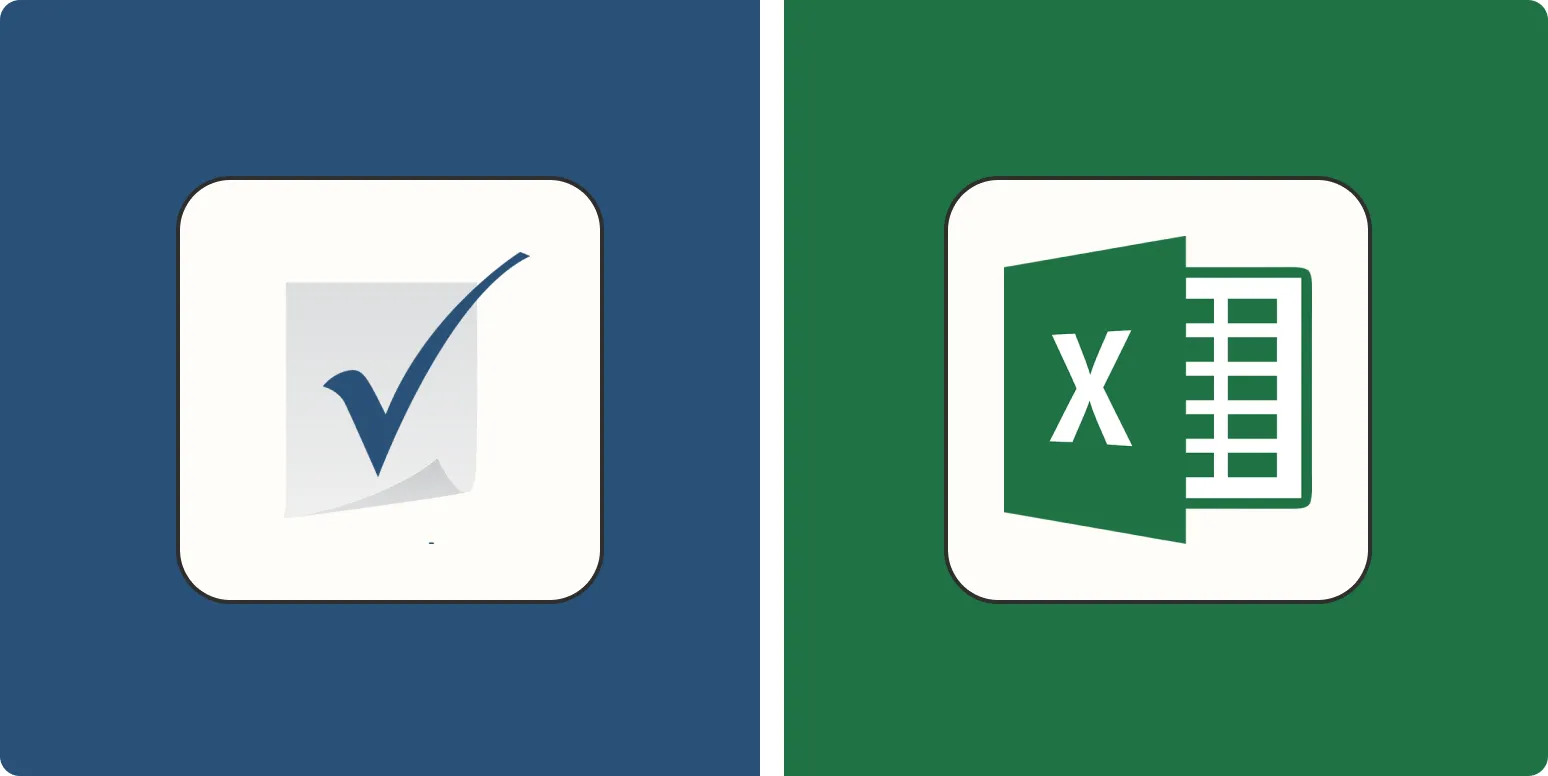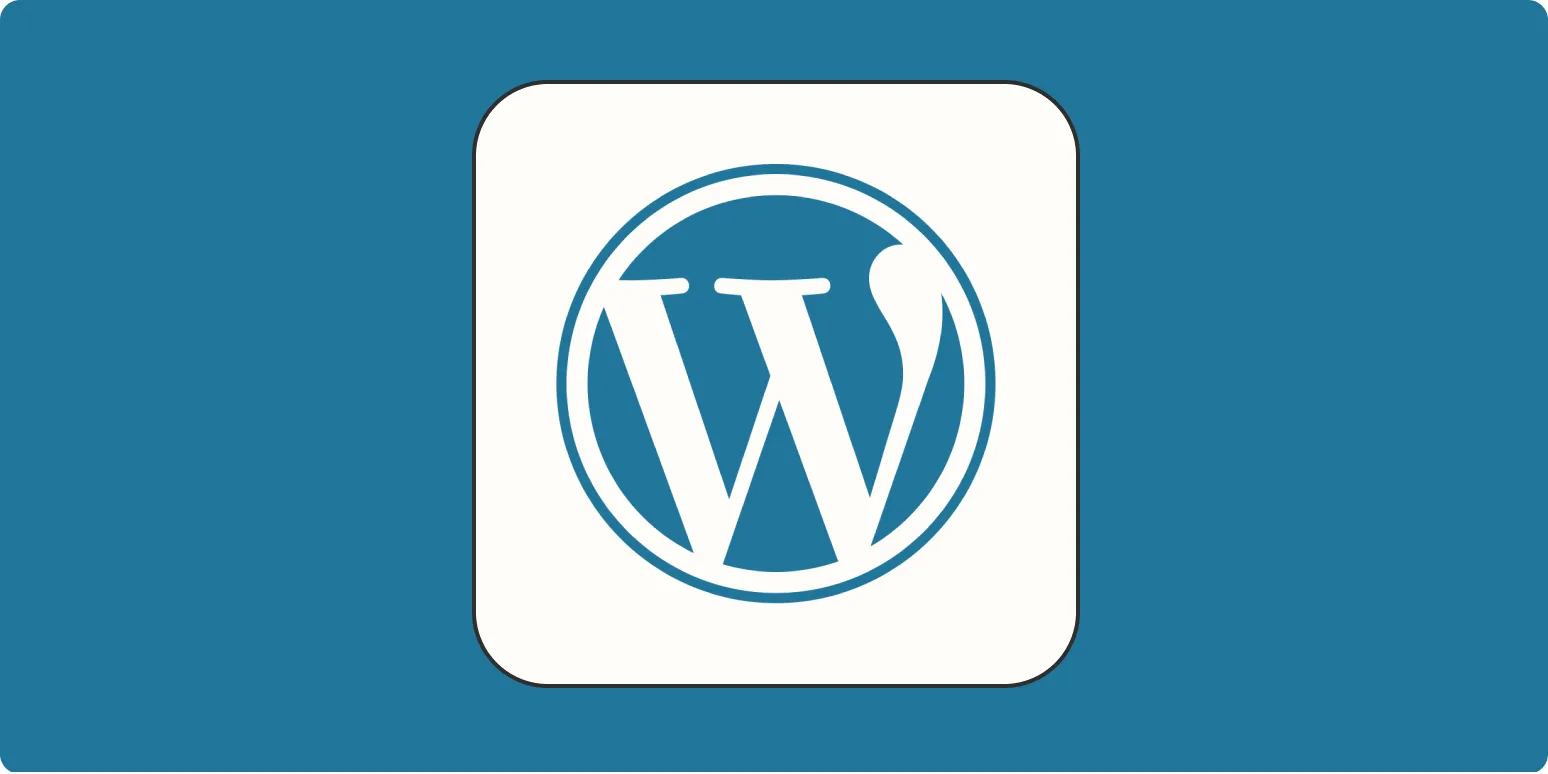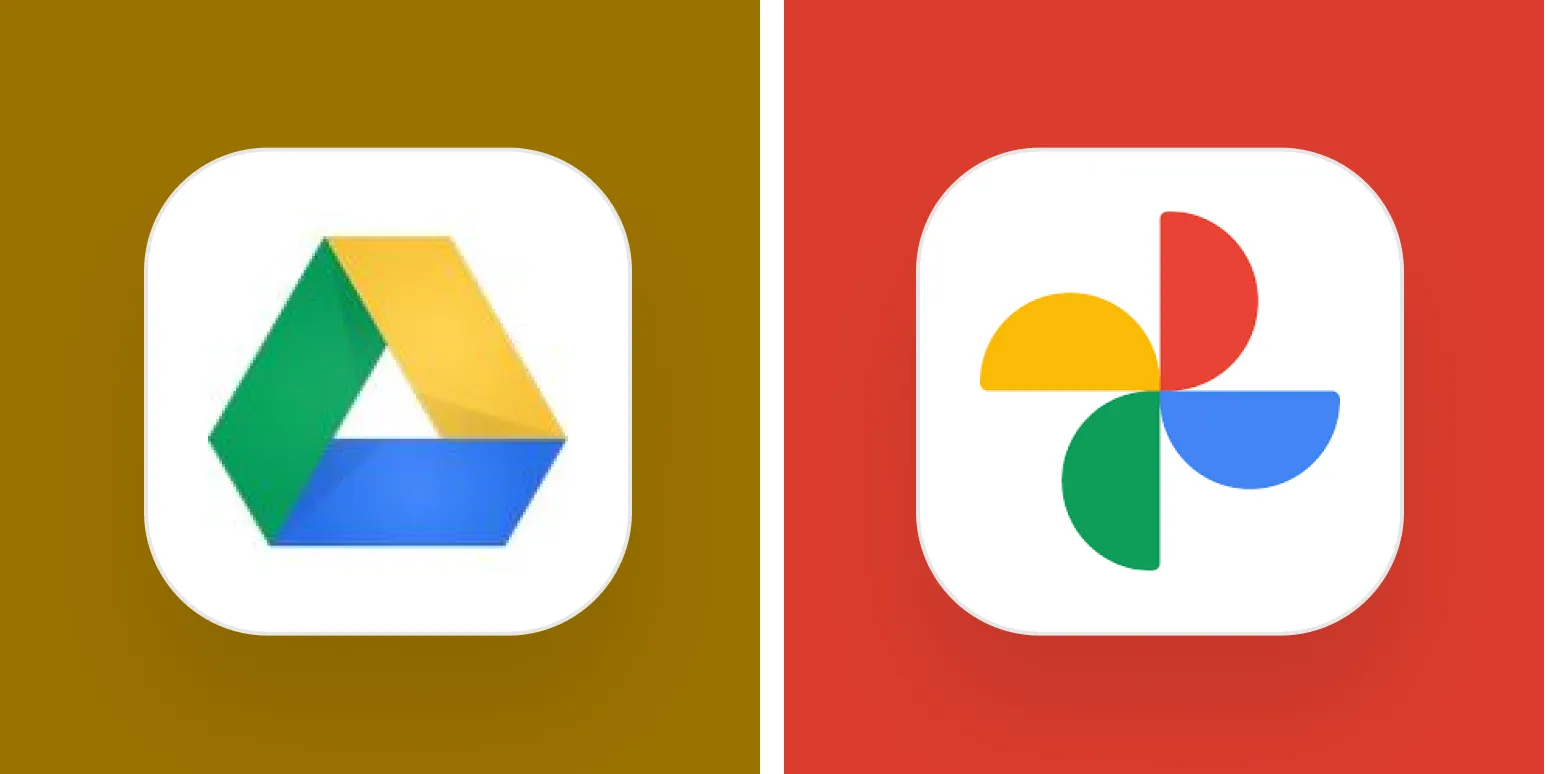When it comes to project management and collaboration, two of the most popular tools are Smartsheet and Excel. While both can be used to track tasks, manage projects, and analyze data, they serve different purposes and offer unique features. In this article, we will compare Smartsheet and Excel to help you determine which tool best fits your needs.
Key Features of Smartsheet
Smartsheet is a cloud-based platform designed specifically for project management and collaboration. Here are some of its key features:
- Collaboration: Smartsheet allows multiple users to work on the same sheet in real-time, making it easy to collaborate and share updates.
- Project Management Tools: With Gantt charts, Kanban boards, and dashboards, Smartsheet provides robust project management capabilities.
- Automated Workflows: You can automate repetitive tasks and set up alerts to keep your team informed.
- Integration: Smartsheet integrates with various third-party applications like Google Workspace, Microsoft Teams, and Slack, enhancing its functionality.
Key Features of Excel
Microsoft Excel is a versatile spreadsheet program that has been a staple in businesses for decades. Here are some of its prominent features:
- Data Analysis: Excel offers powerful data analysis tools, including pivot tables, charts, and formulas, making it great for in-depth data manipulation.
- Flexibility: Users can create custom spreadsheets tailored to their specific needs, which is ideal for budgeting, forecasting, and reporting.
- Offline Access: Excel can be used offline, allowing users to work on their spreadsheets without an internet connection.
- Widespread Use: Being a widely recognized tool, Excel knowledge is common, making it easier to find resources and support.
Comparison Chart: Smartsheet vs. Excel
| Feature | Smartsheet | Excel |
|---|---|---|
| Real-Time Collaboration | Yes | No |
| Project Management Tools | Yes | Limited |
| Automated Workflows | Yes | No |
| Data Analysis Tools | Limited | Yes |
| Customizability | Moderate | High |
| Offline Access | No | Yes |
| Integration with Other Tools | Extensive | Moderate |
When to Use Smartsheet
If your primary focus is on collaboration and project management, Smartsheet is the better choice. It is tailored for teams that need to manage projects in real-time and automate workflows. The ability to create Gantt charts and dashboards allows for visual project tracking, which can enhance productivity. Furthermore, its integration capabilities make it easy to connect with other tools your team may already be using.
When to Use Excel
On the other hand, if your work heavily involves data analysis, Excel is the superior option. Its robust functions for data manipulation and analysis, such as pivot tables and complex formulas, make it ideal for tasks that require extensive calculations. Excel is also beneficial for individuals or teams that need to work offline or those who require highly customizable spreadsheets for specific tasks such as budgeting or financial forecasting.
Conclusion: Smartsheet vs. Excel
Ultimately, the choice between Smartsheet and Excel depends on your specific needs. If you're looking for a comprehensive project management tool that enhances team collaboration and automates repetitive tasks, Smartsheet is the way to go. However, if your primary requirement is advanced data analysis and offline functionality, Excel is still a powerful option.
Consider your team's workflow, the type of projects you manage, and the features that are most important to you. Both tools have their strengths and weaknesses, and understanding these can lead to better decision-making and improved productivity in your work environment.





